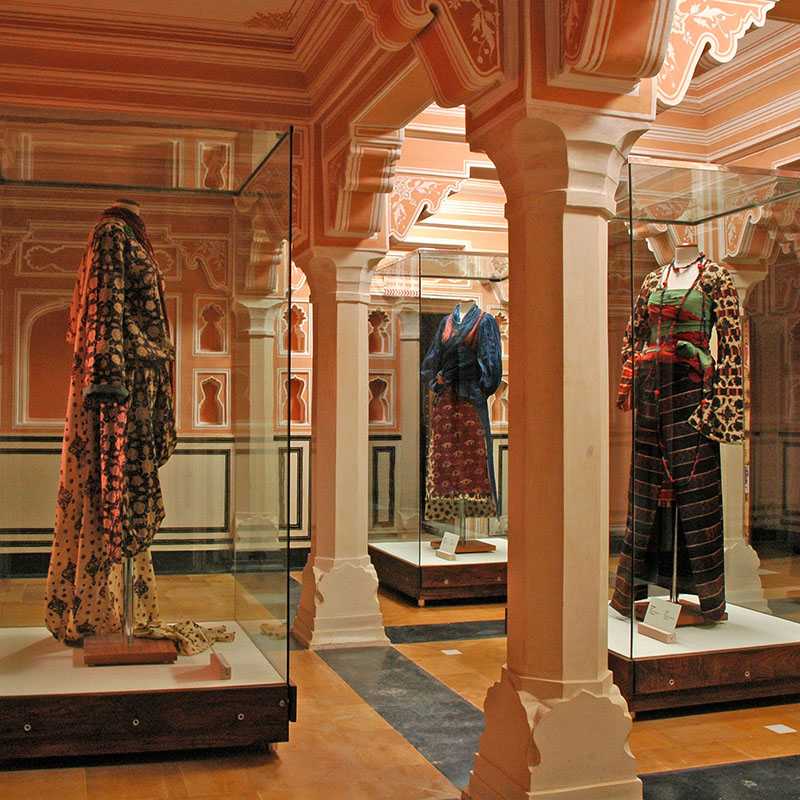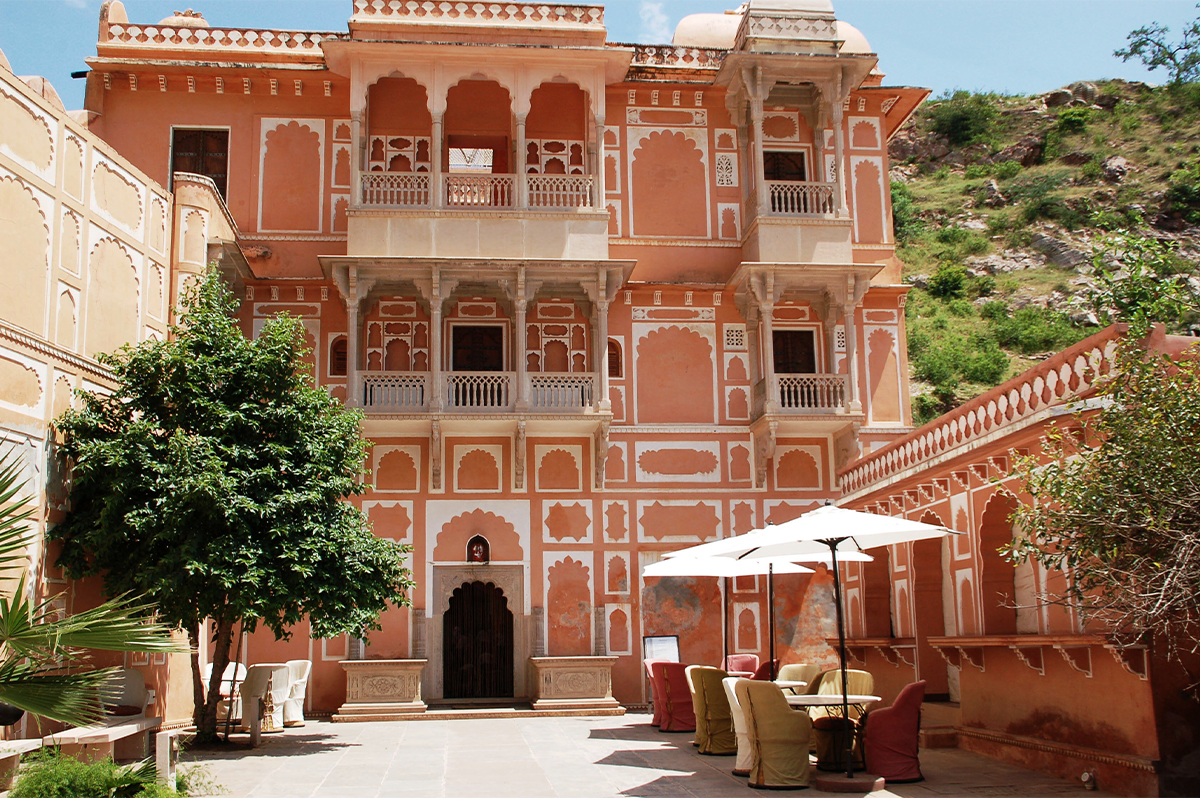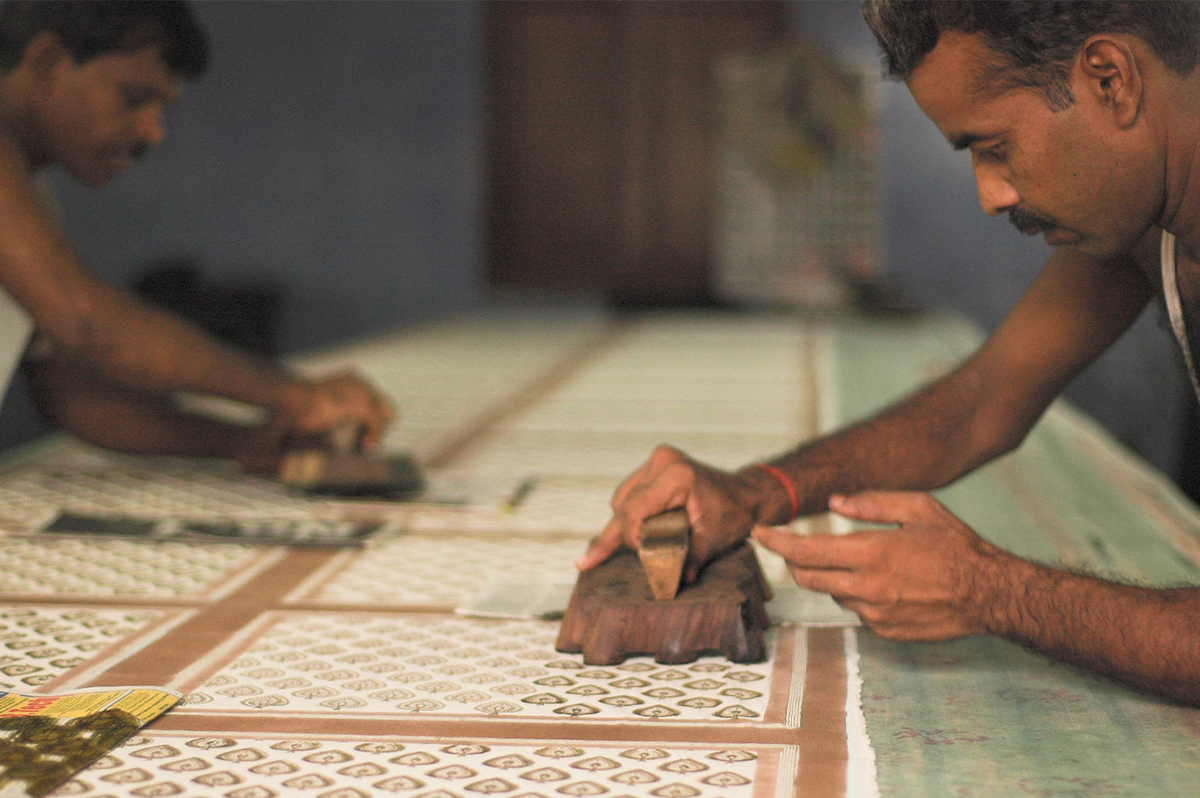ARTICLE
Anokhi Museum of Hand Printing
The Anokhi collection includes hand printed textiles, tools, objects and photographs derived from archives maintained by Faith Singh from 1969 onwards. It also features over a hundred hand block printed textiles, including a village dress from Balotra, Rajasthan, and ajrakh prints from Gujarat. Other objects in the collection include quilted coats and jackets, hand stitched and block printed bed covers, sheets and bichaunis that use hand printed textiles.
The museum is divided into focused galleries that feature an introduction to hand printing, the history of the haveli’s restoration, regional textiles, natural and chemical dyes, block printing and carving tools, the process of gold and silver printing and a demonstration area with artisans making block prints. It also organises block printing and wood carving workshops, with artisans demonstrating the process of printing using hand carved blocks.
The museum is credited with the preservation of hand printing technique, which has faced direct competition from machine-printed textiles.
Bibliography
Our website is currently undergoing maintenance and re-design, due to which we have had to take down some of our bibliographies. While these will be re-published shortly, you can request references for specific articles by writing to hellomapacademy@map-india.org.










